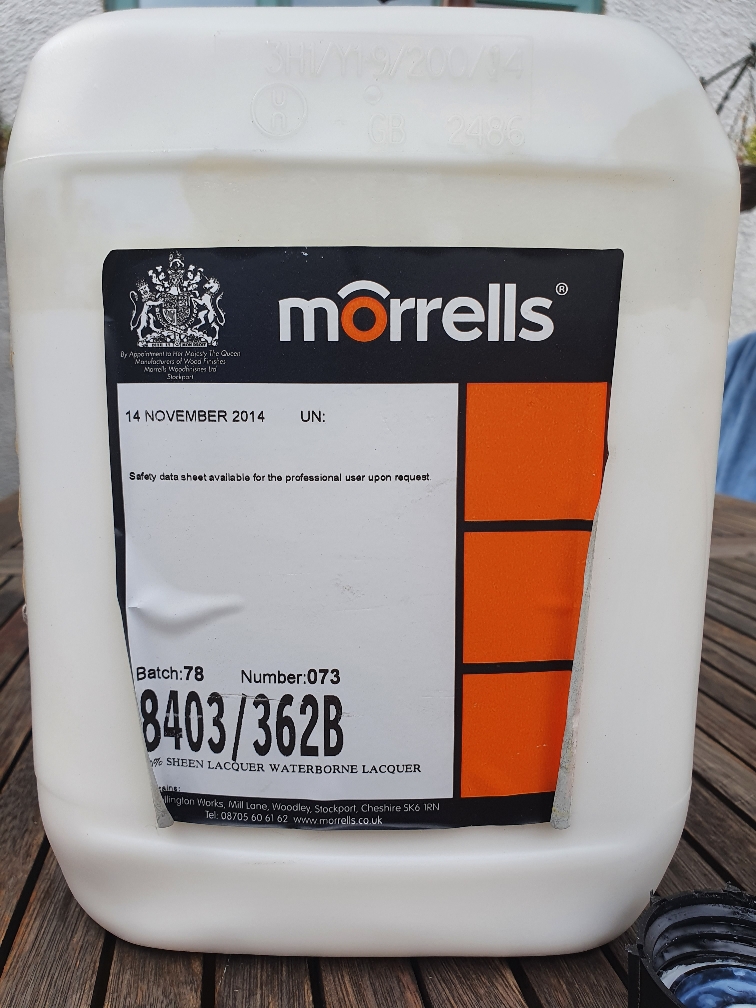I need some advice on the best finish to use for horizontal surfaces which need to be resistant to use/wear and having things placed upon them, such as the tops of tables, sideboards and so on. I'm working with pine at the moment, and while I want to be able to bring out as much of the wood grain/pattern as I can, I don't really need a perfect, mirror glass finish.
I know that varnish, lacquers and shellacs provide more durable finishes, but I've ruled them out because I don't have spraying equipment/facilities (nor the skills) to apply them, and I just can't imagine that a brush finish is going to look much good. Am I right to dismiss them, or are there versions of these that can be simply wiped/rubbed in by a clumsy novice such as myself?
If I'm right to dismiss varnish, lacquers and shellacs, it seems that I am left with the less durable options of oils or waxes (I've also seen oil/varnish blends mentioned). What are the pros and cons of these?
Where does wood stain fit in here, by the way? Is it merely for adding colour?
Thanking you all in advance for your advice and expertise
I know that varnish, lacquers and shellacs provide more durable finishes, but I've ruled them out because I don't have spraying equipment/facilities (nor the skills) to apply them, and I just can't imagine that a brush finish is going to look much good. Am I right to dismiss them, or are there versions of these that can be simply wiped/rubbed in by a clumsy novice such as myself?
If I'm right to dismiss varnish, lacquers and shellacs, it seems that I am left with the less durable options of oils or waxes (I've also seen oil/varnish blends mentioned). What are the pros and cons of these?
Where does wood stain fit in here, by the way? Is it merely for adding colour?
Thanking you all in advance for your advice and expertise

































